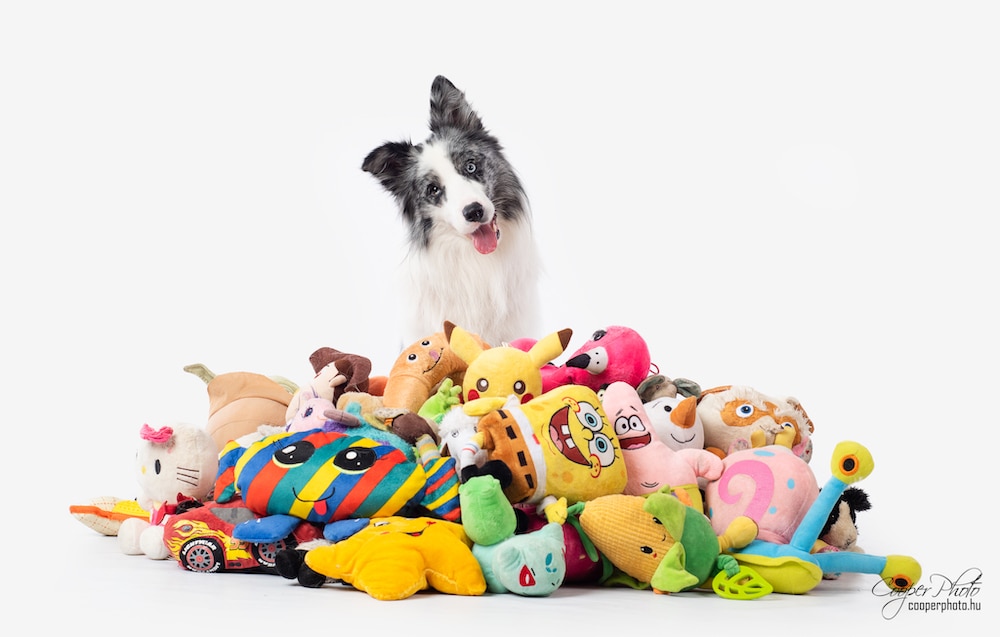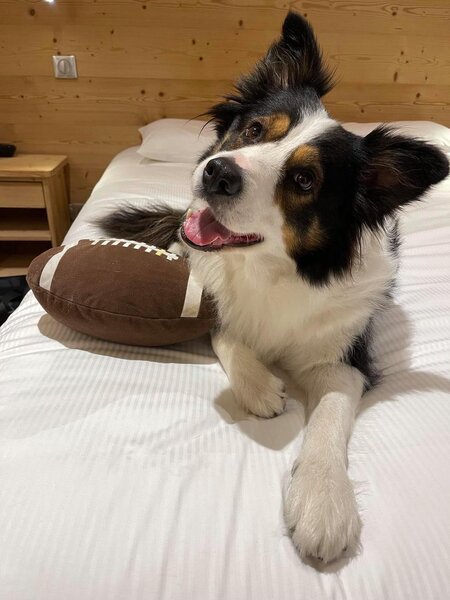Create a free profile to get unlimited access to exclusive videos, sweepstakes, and more!
What’s that sound? Dogs tilt their heads when processing meaningful information
It is cute, but it isn't just cute.

Dogs have evolved alongside people for thousands of years and so much of their behaviors are taken at face value. We assume they wag their tails or lick our faces because they’re happy to see us, they furrow their brows because they are paying attention, and they tilt their heads to one side because they’re curious.
Our interpretation of these behaviors is largely anthropomorphic. We, even without meaning to, imbue their actions with our own sentiments. We believe them to be thinking certain things because it might be what we would be thinking under similar circumstances. While some of these behaviors are at least moderately understood, to date no published research has dug into why dogs tilt their head. Until now.
A recent paper by Andrea Sommese from the Department of Ethology (the science of animal behavior) at Eötvös Loránd University in Budapest, and colleagues, takes the first hard look at head tilting in dogs, in hopes of finally unraveling the meaning behind this adorable behavior. The results were published in the journal Animal Cognition.
“A lot of dogs do it and we don’t really know why,” Sommese told SYFY WIRE. “We got the idea it’s maybe a way for them to focus and process information.”
Much like humans, dogs have lateralized thinking. Some brain activity happens on the right side of the brain and some on the left. Researchers hypothesized the head tilt might help with certain types of processing. It makes sense even when we think about our own behaviors. Humans do something similar when we’re confused. There’s evidence we also do it subconsciously to appear more attractive.
“If a picture is being taken and you tilt your head a bit, the other person perceives you as more attractive. I don’t think this is the case for dogs,” Sommese said. “It can also be a health-related problem. If your dog is always in that position, it might be worth seeing a veterinarian.”
For the study, researchers selected 40 dogs and put them through training to learn the names of familiar toys. The process was fairly simple and something you could repeat at home. Dog owners engaged in play with their dogs, using a specific toy and repeating the name throughout the session of play. Dogs were later tested on whether or not they were able to recognize the name of the toy.
Of the initial 40 dogs, only seven exhibited the consistent ability for name recognition. Curiously, there weren’t any trends among those dogs the team was able to observe. While most of the dogs capable of learning object names were Border Collies, that could be an artifact of the sample. Moreover, dogs of other breeds were able to learn, and some of the Border Collies in the study couldn’t.
“Some dogs are able to learn a lot of names, some others cannot learn at all. There is a steep difference,” Sommese said. “You either learn a lot or nothing. It might be like a talent. Some people are good at writing. Some are good at drawing or music. The same thing might happen with dogs.”
The study was designed to avoid unintended influence by humans from what’s known as the Clever Hans effect. Sommese relayed an anecdote about Clever Hans, a horse who was purported to be able to do complex mathematics. In the early 20th century, a German math teacher began touring his intelligent horse and, at first glance, Clever Hans did appear to be able to answer complex questions by tapping their hoof. Once controlled experiments were conducted, however, the behavior disappeared. Clever Hans was looking to the people around for clues as to the desired answer. When line of sight was removed, the ability vanished. Since then, the artifact of biased data as a result of human interference has been named for the horse.
To avoid bias in this study, the dog and owner would be together in one room, while toys were located in another, outside of line of sight. The owner would ask the dog to retrieve a toy saying, “bring me the rope” or “where is the ball?” The dog would then have to process the request, travel into another space alone, and come back. It was during those moments, the seconds between the request and retrieval when head tilting was observed.
The experiments were performed on those dogs talented in learning object names as well as typical dogs who did not exhibit that talent. Dogs who recognized the names of their toys tilted more often than others, suggesting the tilt is not a response to auditory stimuli alone, but instead is related to information processing.
Further evidence is consistency in the direction of tilt. While direction of tilt, to the right or the left, is not consistent across all dogs, it is consistent within individuals. Experiments were performed with the owner directly in front of the dog or to either side and tilt direction remained the same regardless of the source of the sound. Dogs who tilt to the left always tilt to the left and dogs who tilt to the right, always tilt to the right.
Object name recognition is a good way to explore the cause of head tilting in some dogs, but it isn’t universal. Most dogs tilt their heads but only a small portion seem capable of learning even limited human speech. It’s possible head tilting in typical dogs without a talent for learning object names is utilized in processing other information and we haven’t yet determined how to tease that out.
What seems clear is that dogs are curious about the world, and they are listening to us carefully, trying with every ounce of their fluffy selves to figure out what it is we want. And sometimes that problem solving requires looking at things from another angle.



























